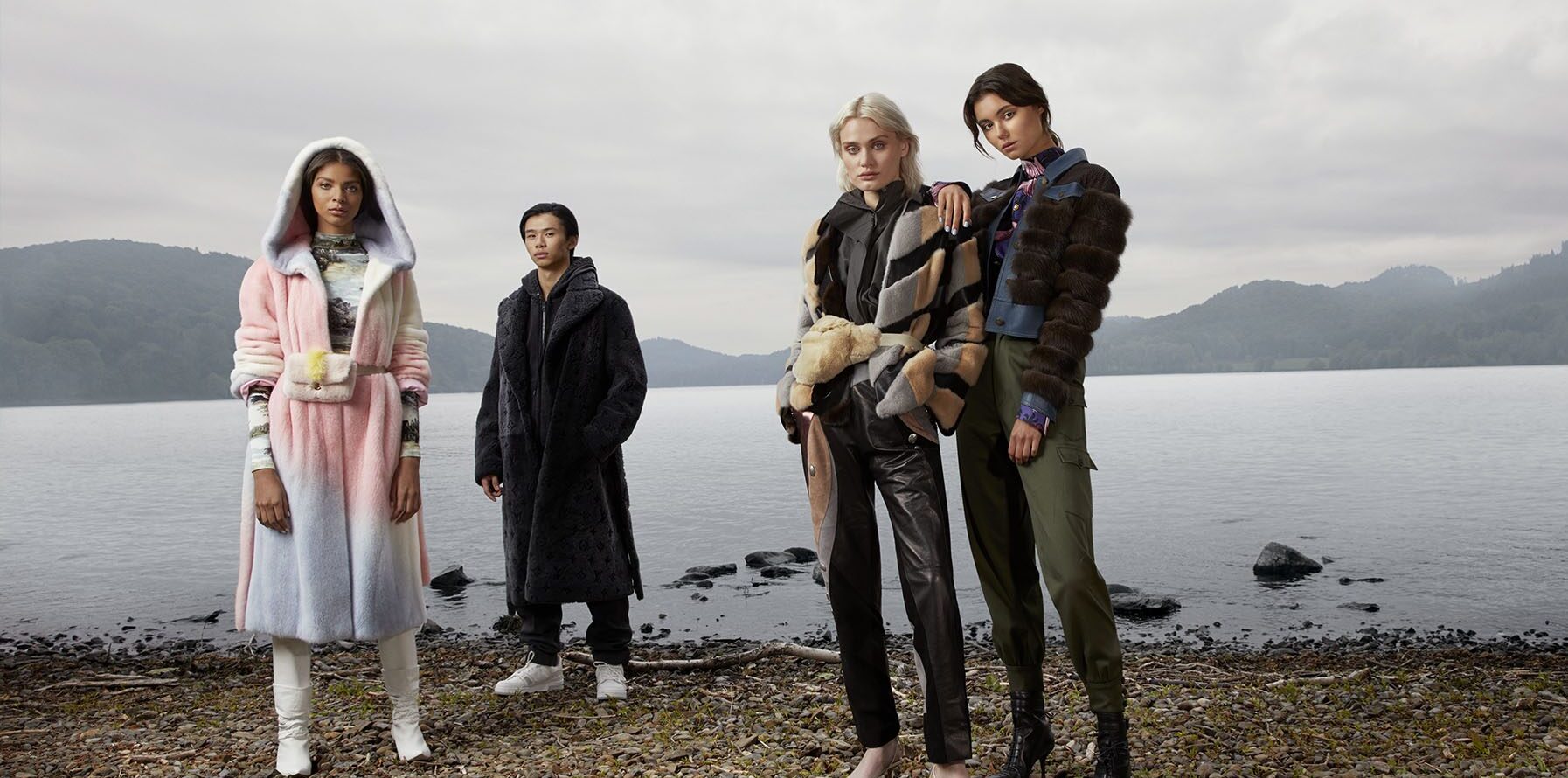I was scrolling the internet last week reading about fashion influencers and all things fabulously fashionable when an article from the New York Post caught my eye. Titled “The September Issue Is Dead” it recounted how, just a few years ago the September Vogue was considered the fashion bible, so important that it was glorified in a 2009 documentary “The September Issue”. Now, it seems, we live in a very different world.
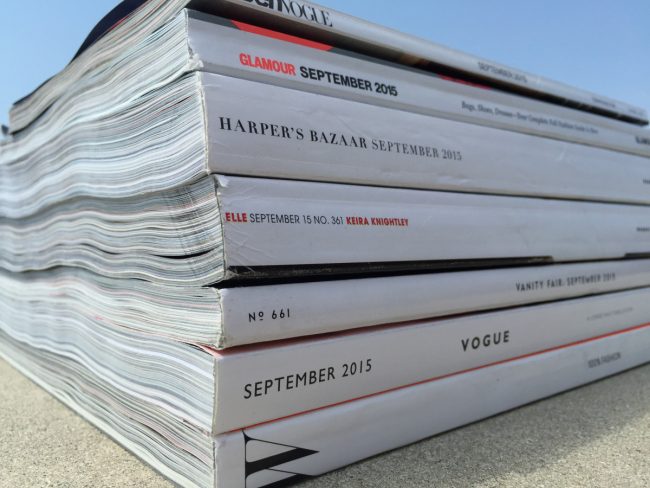
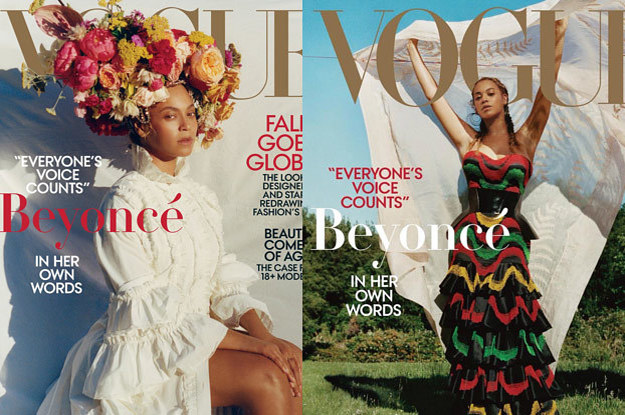
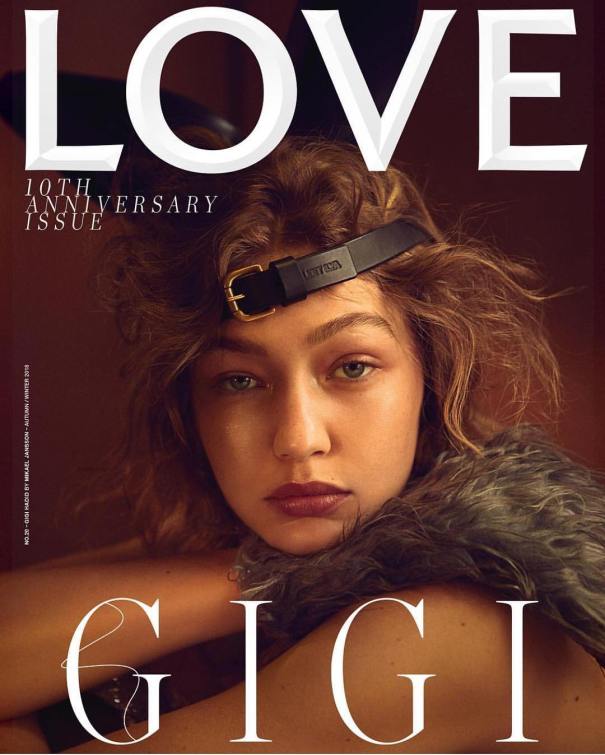

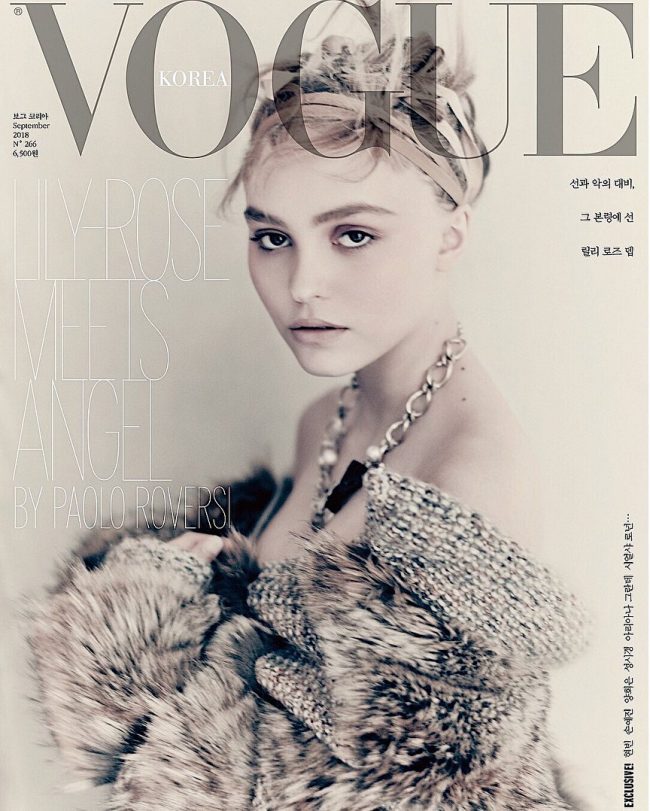
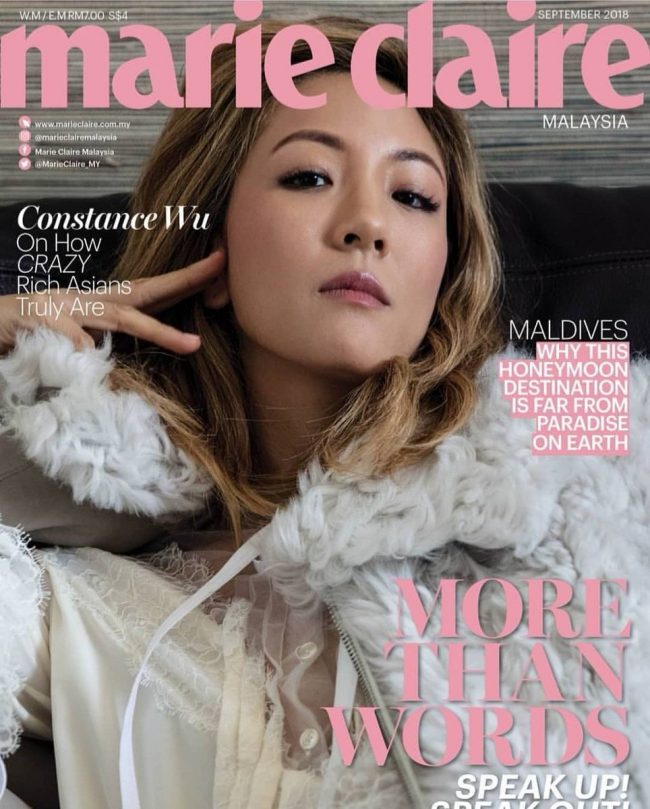
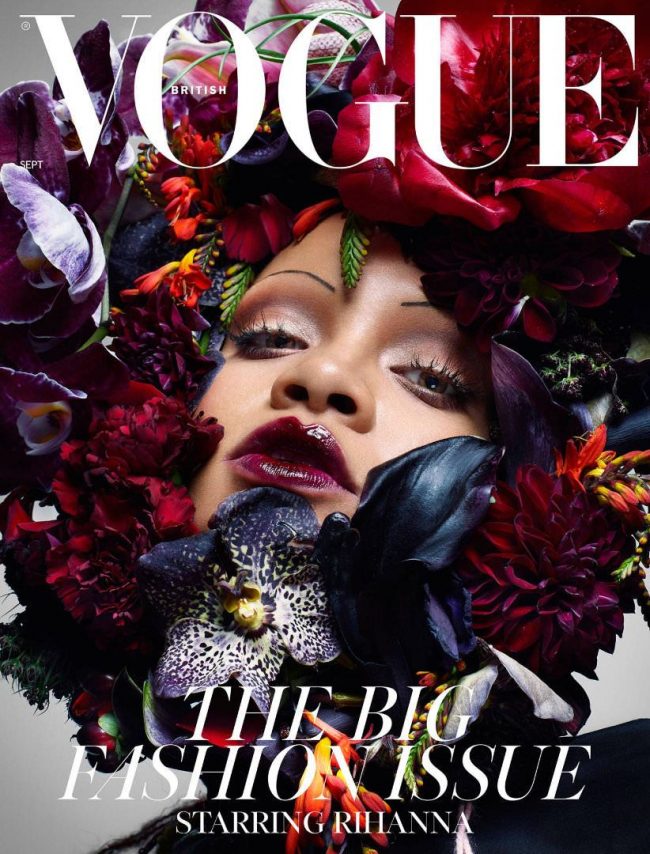
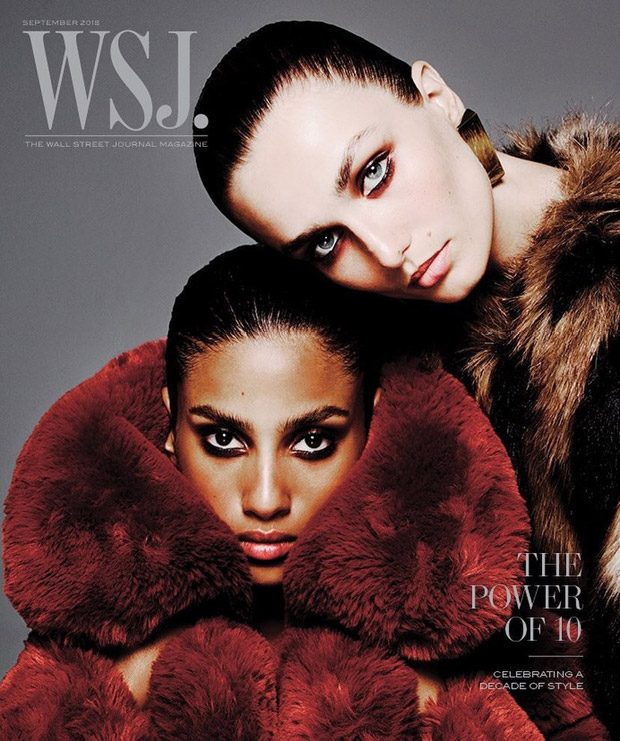
In a world of rapid change, when social media platforms including Facebook, Instagram, Twitter, YouTube and LinkedIn draw billions of eyeballs a year, and the fashion influencer has redefined the concept of “Fashion Week” who is influencing fashion today?
“Young and trendy Hollywood stars are the new driving force of global fashion…..Ignore what they wear and you will fail.”
— Anna Wintour


Let’s take a brief walk through history to see where fashion influence came from. Fashion has always been about aspiration. As far back as the Middle Ages through to the eighteenth century it was the Royals and their wealthy courtesans who established fashion trends. Commoners aspired to dress as their Kings, queens, princes, and princesses but one had to actually see noblemen or women to get an idea of new trends. Some royals sent their tailors around the country with life-size dolls dressed in the latest styles to spread news of fashion changes. In 1672, the first fashion magazine began publication in France. Called Mercure Galant, the magazine offered comment on the latest clothing styles and was read throughout Europe. The French also led the way in the creation and circulation of fashion plates, beautiful illustrations of the latest garments that guided the work of local tailors. By the end of the century, many Parisian printers began selling fashion plates, or engravings of fashionable clothes. Portraits of the doyen and doyennes of society in their finery of the time can still be seen in museums around the world memorializing the fashions of these eras.
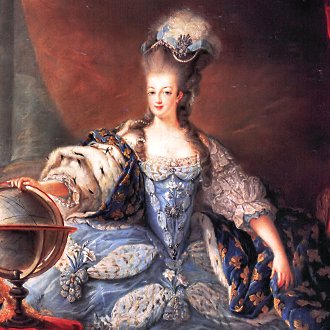
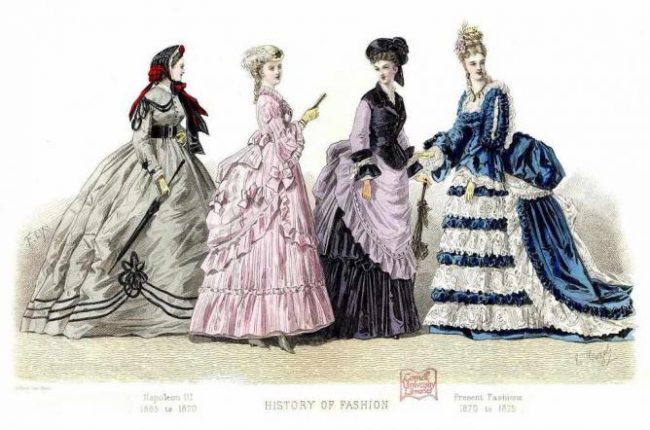
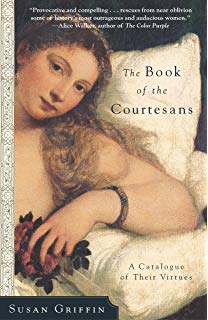

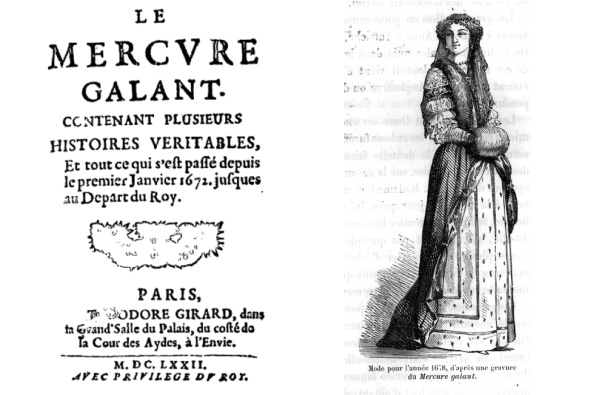

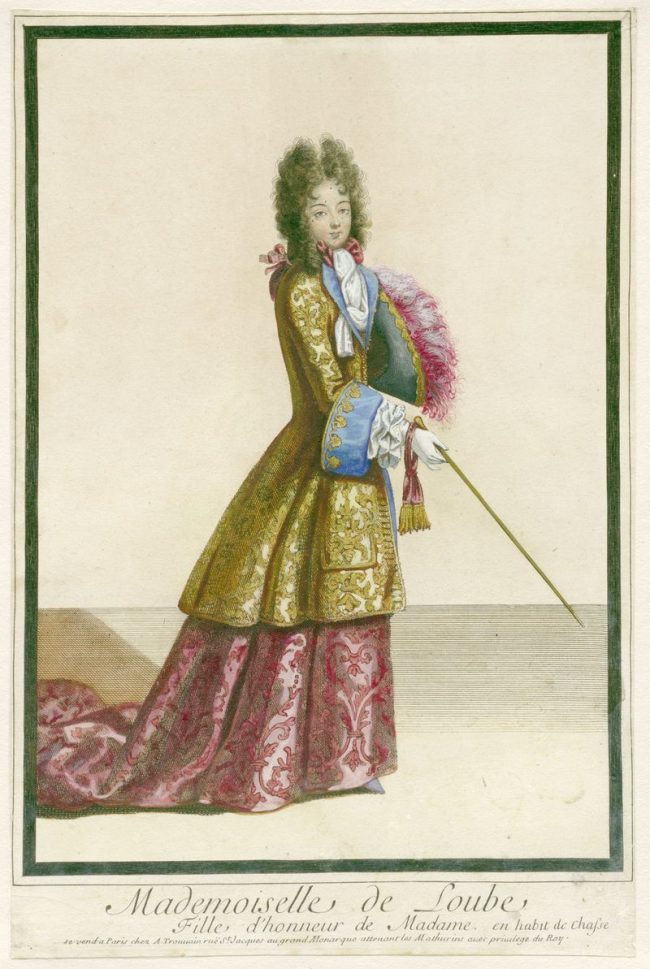
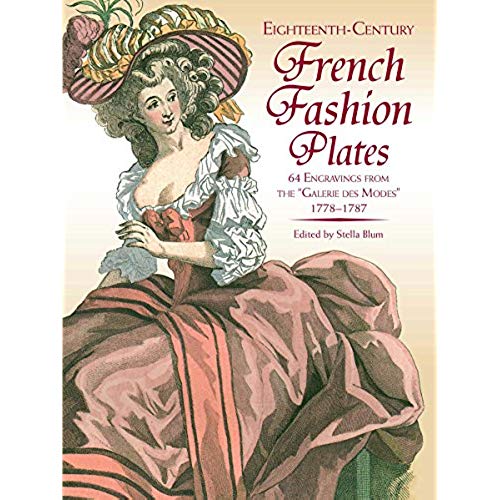
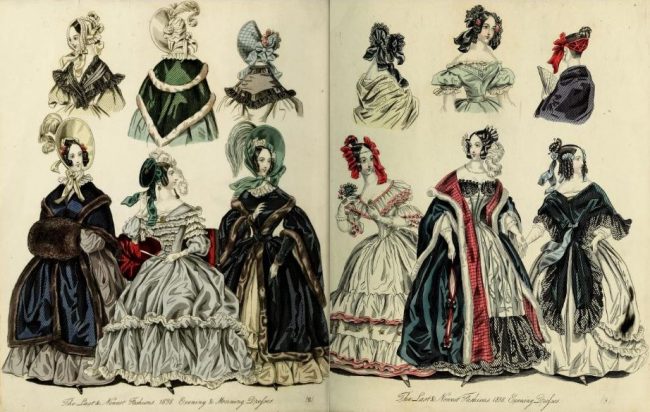
In the late 1800’s fashion took a more democratic turn with the introduction of fashion magazines like Harper’s Bazaar and Vogue. Initially illustrated by hand, it was when Condé Nast hired Baron Adolph de Meyer (German, 1868–1946) in 1913 to shoot portraits of models, actresses, and aristocrats for Vogue that photographs began to be used in fashion editorials. These magazines and their editors drove fashion, giving fame to names like Chanel, Schiaparelli, Balenciaga, and Lanvin. But it was the models, actresses and society ladies that the women of the day aspired to be, or at least look like. Throughout this time fur was at the forefront, an easy communication that the wearer was chic, glamorous and affluent.
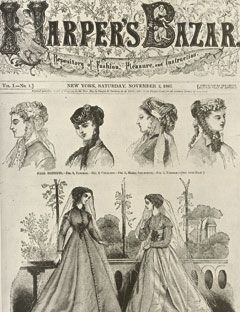
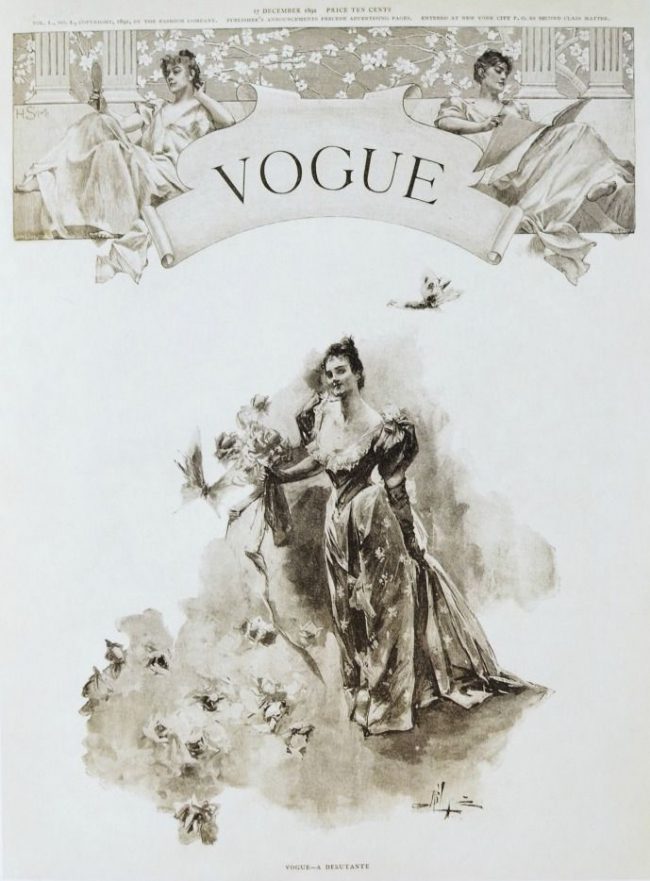
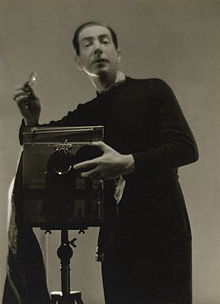
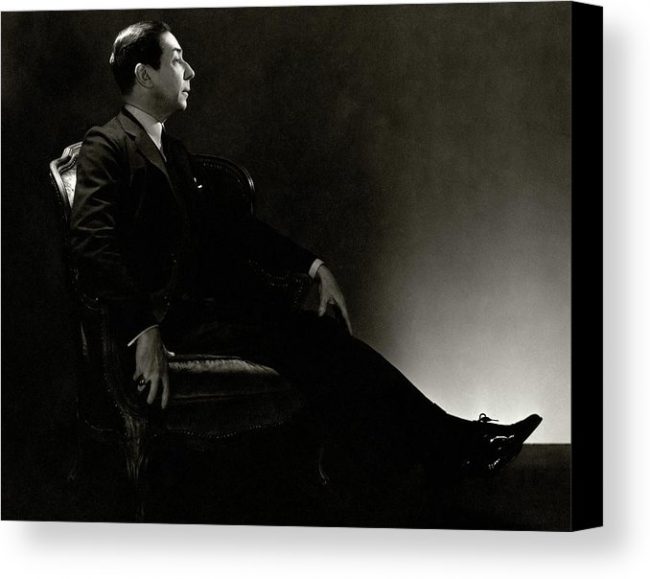
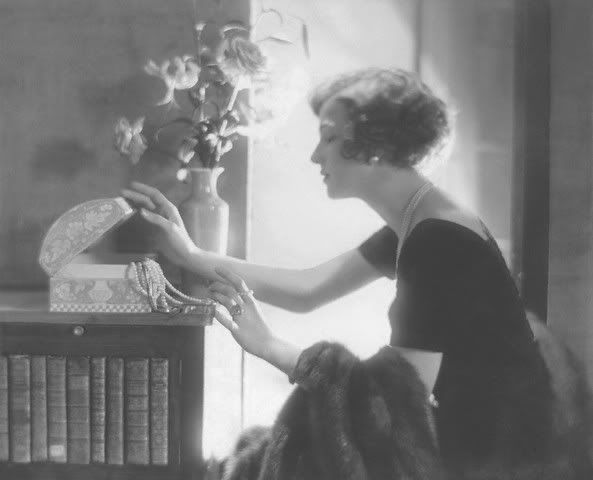
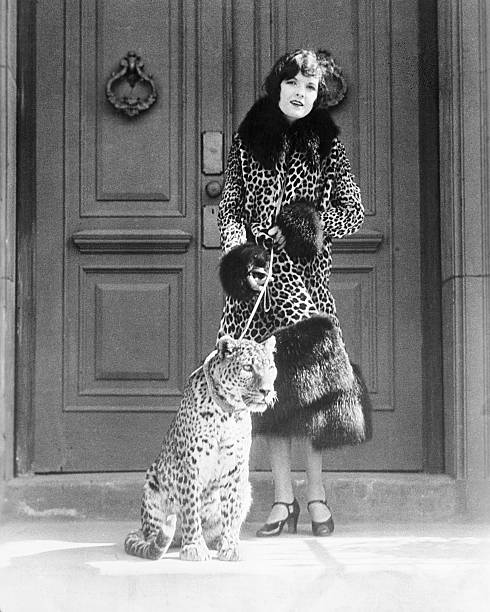
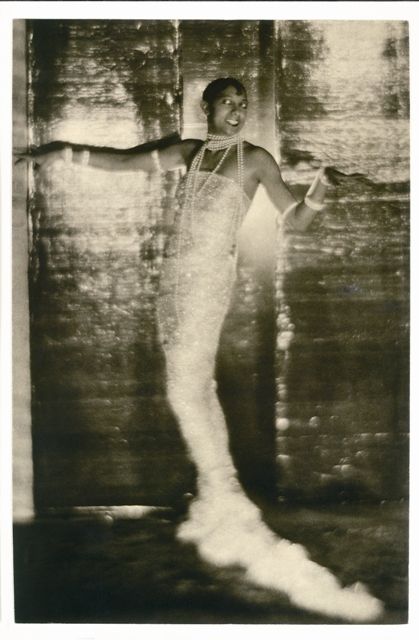

Beginning in the 1930’s the images of glamorous film stars gracing the silver screen and news reels began to direct fashion buying trends. These newsreels would show the stars at premieres and openings of special events living a life of luxury, wearing and showing the latest fashions and hairstyles. To fans who wanted to emulate their favorite stars these images provided a virtual catalog of the looks to look out for.
Music, too has its influence on fashion as music trends define the cultural zeitgeist of an era. Think back and remember the bobbysoxers who made rolled upped denim jeans and poodle skirts popular in the 1950’s. In the early 60’s it was the mod look out of the UK that influenced designers like Pierre Cardin. The late 60’s and early 70’s gave us boho chic with the influence of the hippie look showing up in fringe and beading and flowing volume. New wave and punk dominated the 1980’s and early 1990’s. And with the advent of Rap music in the early part of this century a new era of “bling” fashion and street style was popularized with fur playing a leading role.
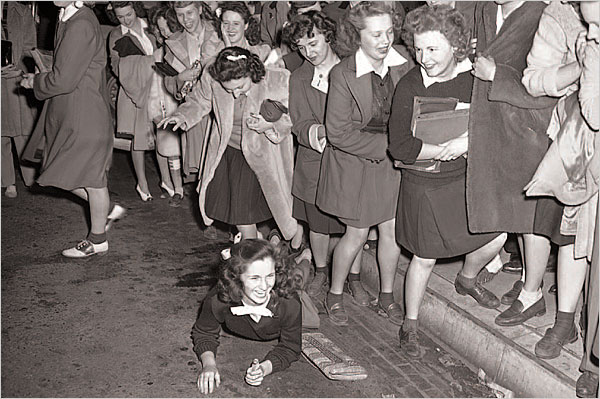
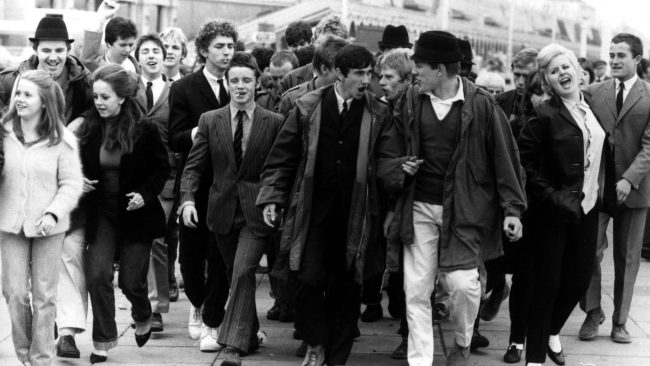
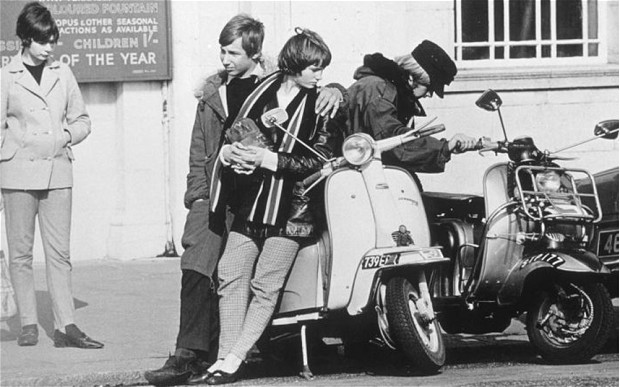
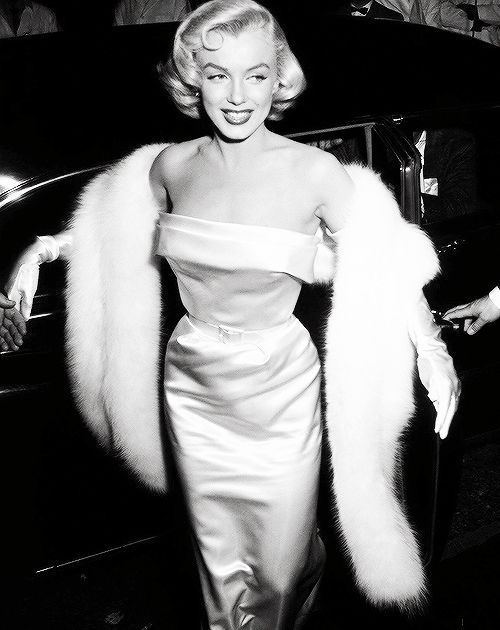
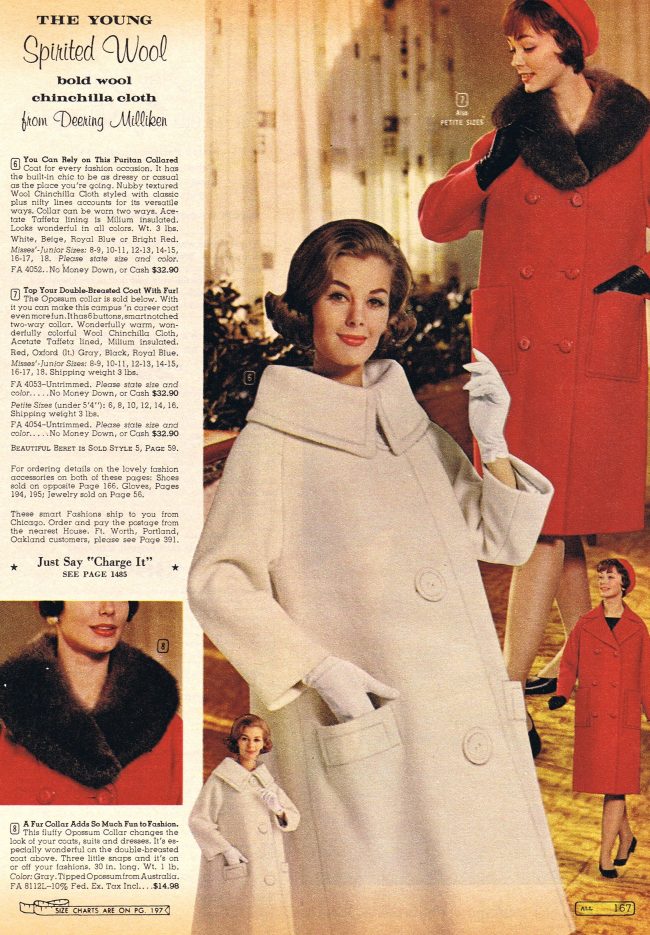
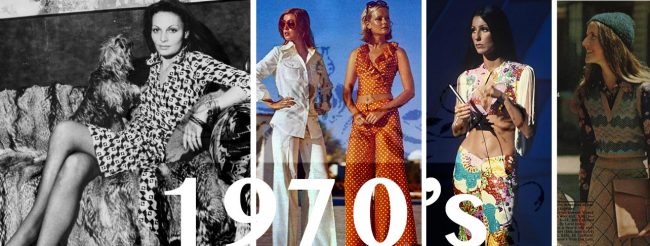
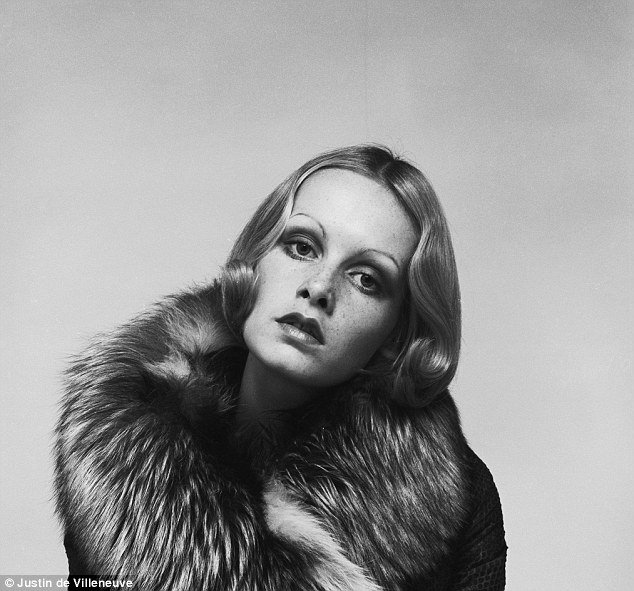
More recently, it seems, there is a new breed of fashion royalty. Social media has given us the “Influencer”. With literally millions of followers on their blogs, Instagram and Youtube the fashion influencer can move the needle on how, when and what consumers search and shop for. Brands are willing to pay them huge sums of money to act as brand “ambassadors”, featuring photos and brief write-ups of their fashion products on their blogs or Instagram sites. We’ve recognized their impact on fashion, particularly among the younger fashion buyer, and acknowledge that they can make or break a fashion trend. Among the most popular of these influencers are some fur lovers including Olivia Palermo, Bryan Boy, Aimee Song of Song of Style, Chriselle Lim of The Chriselle Factor, Rumi Neeley of Fashion Toast and Chiara Ferragni of the blog The Blonde Salad.
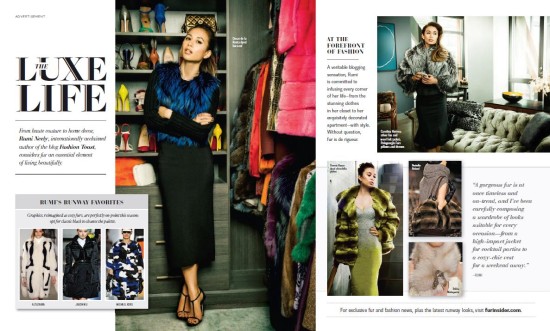
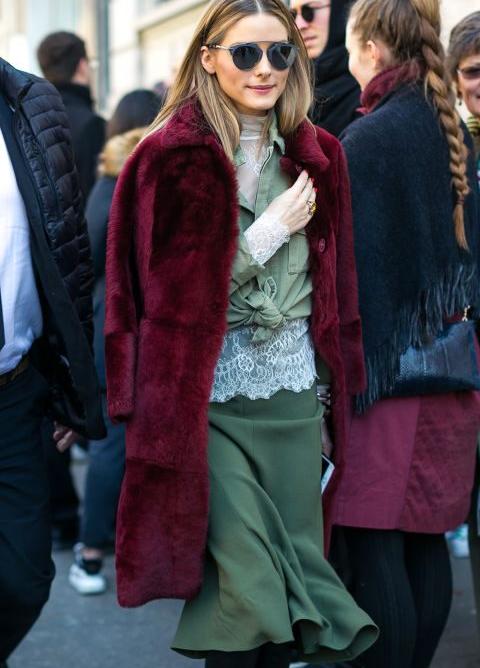
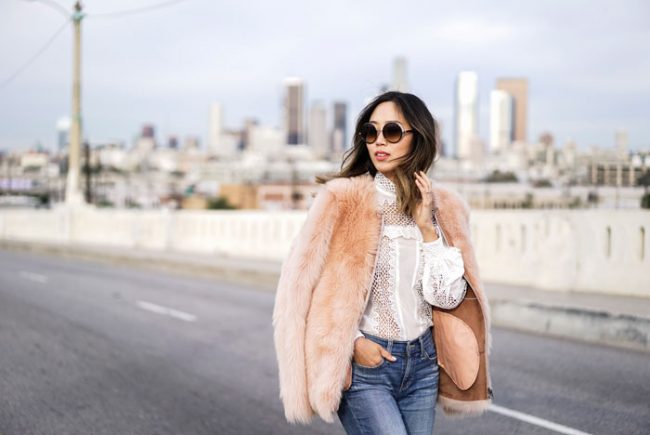


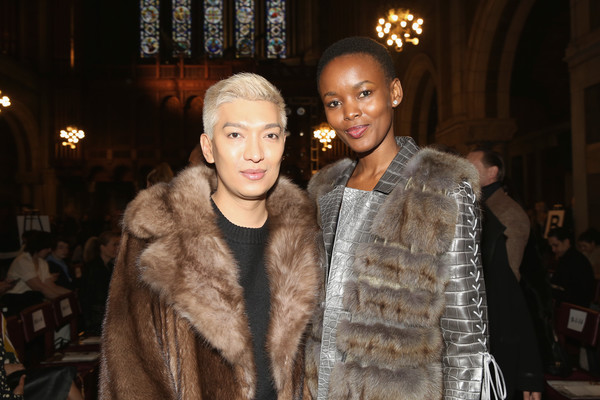
The truth is that fashion influence can come from almost anywhere today. It is all about the individual and what drives their dreams and aspirations. So, where does your primary fashion influence come from?

